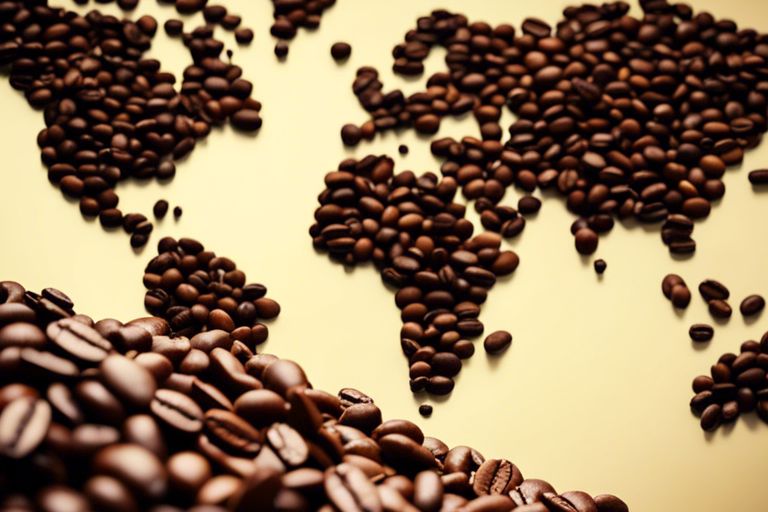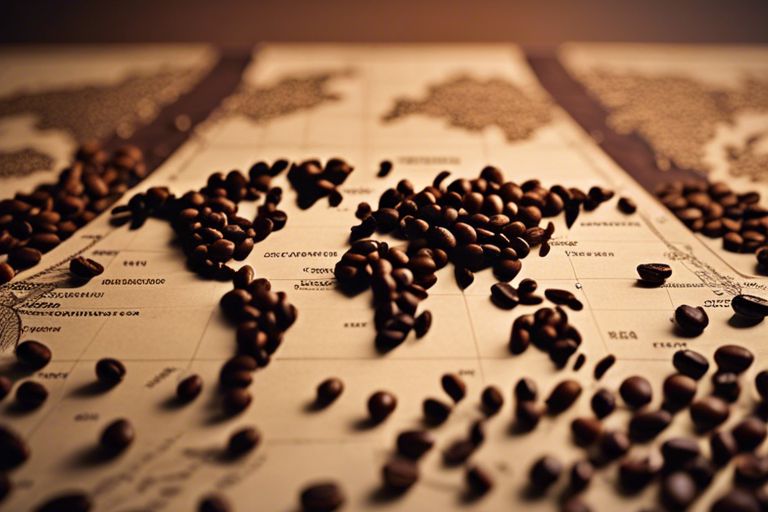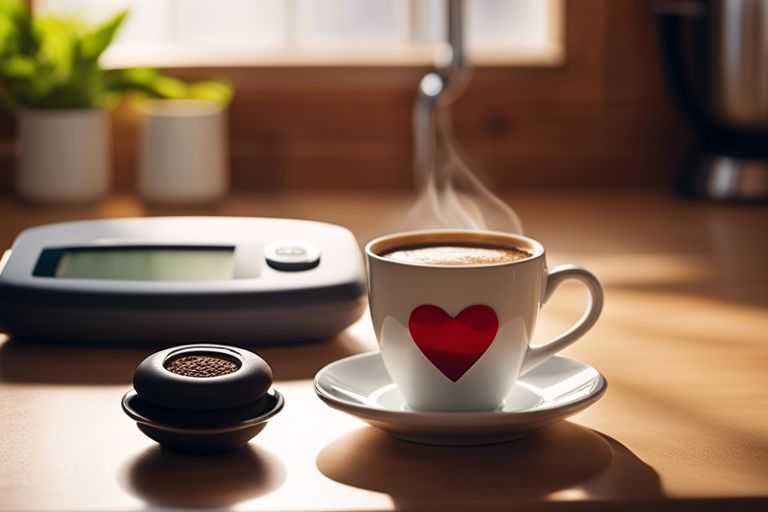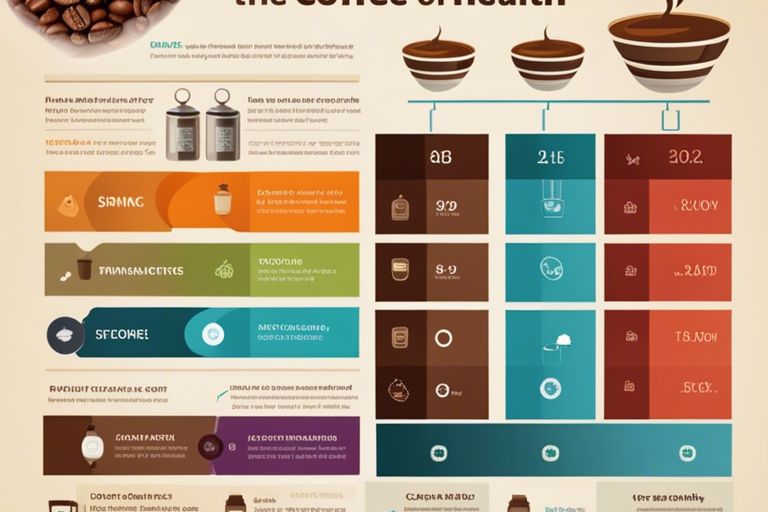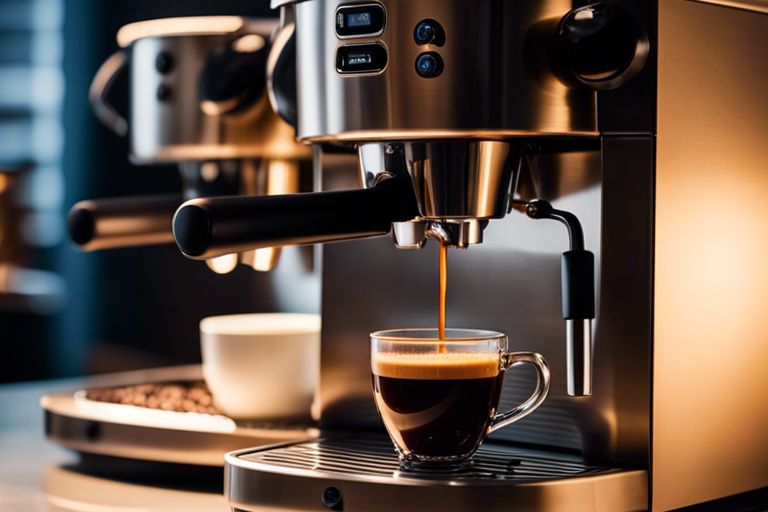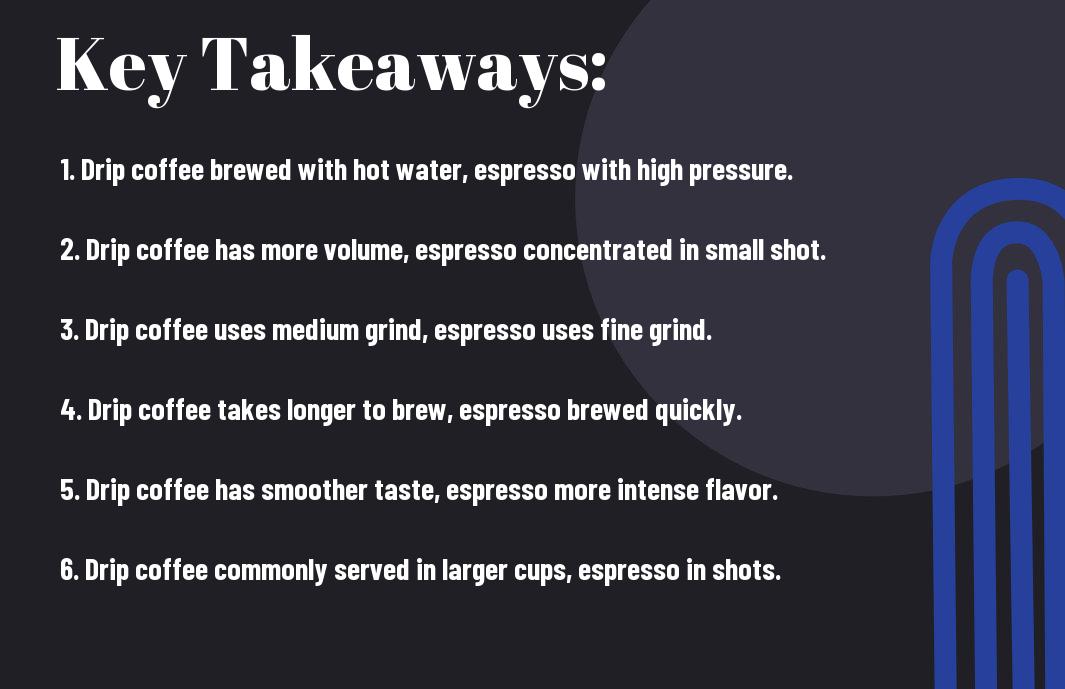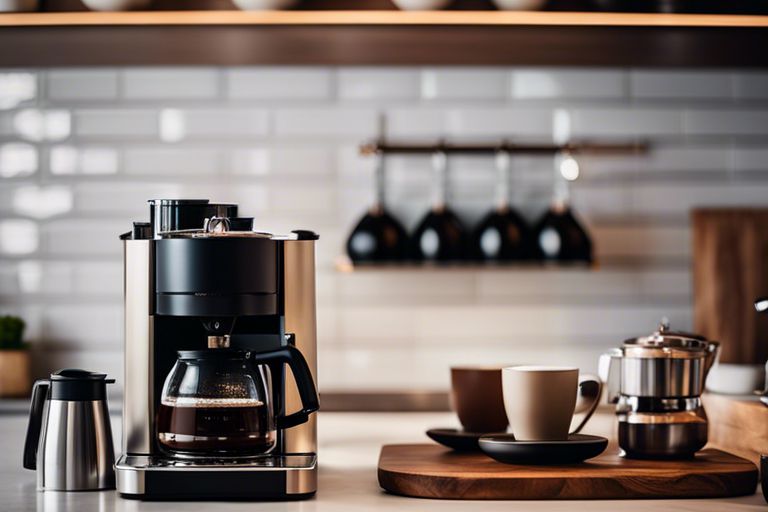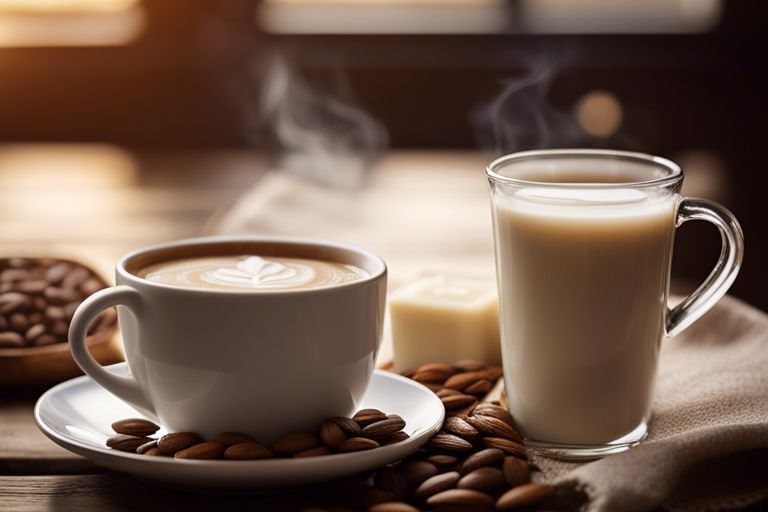Roast. A coffee blend is a combination of different coffee beans, carefully selected and mixed together to create a unique and balanced flavor profile. Blending allows coffee roasters to create complex and harmonious taste experiences by blending beans with varying characteristics, such as acidity, body, and aroma. Each blend is meticulously crafted to achieve a specific flavor profile that appeals to a wide range of coffee lovers’ preferences. In this post, we will explore the art of blending coffee beans and how it contributes to the diverse world of coffee flavors.
Key Takeaways:
- Coffee blend: A combination of two or more types of coffee beans.
- Balance: Blending different beans creates a well-rounded flavor profile.
- Consistency: Blending allows roasters to maintain a consistent taste year-round.
- Creativity: Roasters can experiment with different beans to create unique blends.
- Complexity: Blends can offer a more complex and nuanced flavor experience than single-origin coffees.
Defining Coffee Blends
While the concept of a coffee blend may seem straightforward, there is a rich history and intricate process behind creating the perfect blend. In the world of coffee, a blend refers to a mixture of different types of coffee beans from various regions. These beans are carefully selected and combined to create a unique flavor profile that is not achievable with a single origin coffee.
What is a Coffee Blend?
Defining a coffee blend is like composing a symphony of flavors, where each bean plays a crucial role in achieving a harmonious and balanced taste. Blending allows roasters to experiment and create complex flavor profiles that cater to different preferences, whether it’s a rich and bold espresso blend or a fruity and light breakfast blend.
History of Coffee Blending
The history of coffee blending dates back to the 16th century when traders began mixing different coffee beans to enhance flavors and create unique combinations. Blending was initially a practical way to balance out inconsistent flavors of single origin coffees and ensure a consistent taste year-round. Over time, coffee blending has evolved into an art form, with roasters mastering the craft of combining beans to create new and exciting flavor experiences for coffee lovers around the world.
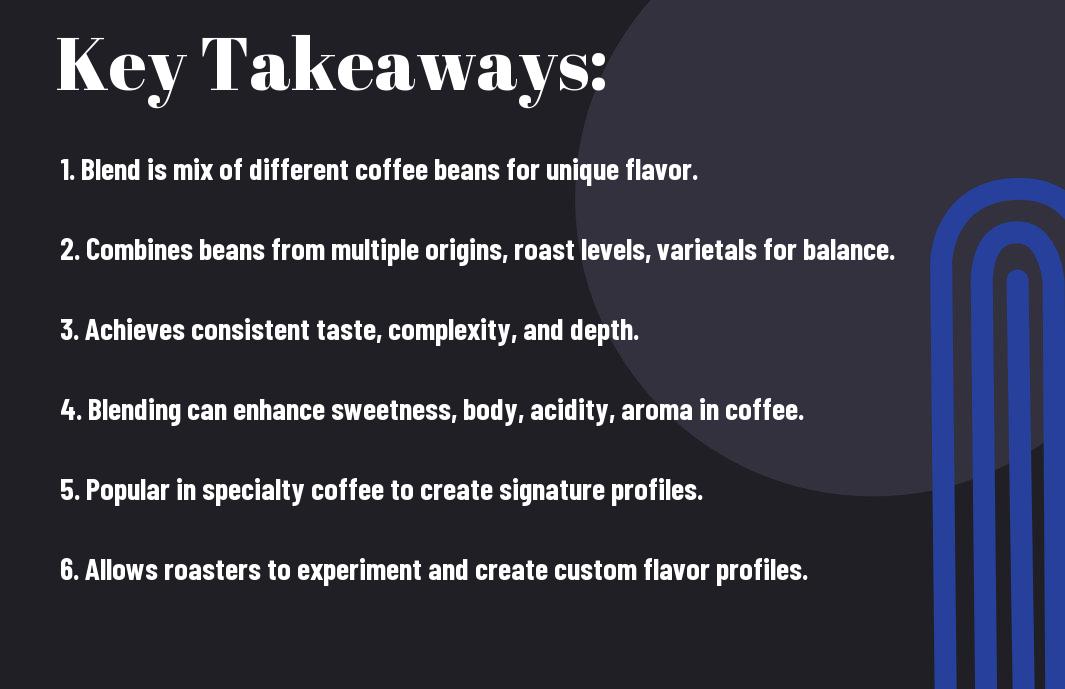

Types of Coffee Blends
You may have heard of the term “coffee blend,” but what exactly does it mean? In the world of coffee, there are several types of blends that you might come across. Here are some common ones:
| 1. Single-Origin Blends | 2. Regional Blends |
| 3. Flavor Profile Blends | 4. Custom Blends |
| 5. Espresso Blends |
Single-Origin vs. Blended Coffee
Blended coffee combines beans from multiple origins to create a unique flavor profile. On the other hand, single-origin coffee comes from a specific region or country, allowing you to taste the distinct characteristics of that area’s beans. Blends are often crafted to achieve a balanced flavor profile that appeals to a wide range of consumers.
Regional Blends
Blends that are categorized as regional blends consist of beans sourced from a specific geographical area. It allows coffee enthusiasts to experience the flavors unique to that particular region. Regional blends can showcase the diverse taste profiles that different coffee-growing regions have to offer.
It is fascinating to explore the various regional blends available in the market and discover the nuances in flavors that each region brings to the cup.
Flavor Profile Blends
On the other hand, flavor profile blends are created by combining beans based on their taste characteristics rather than their origin. These blends aim to highlight specific flavor notes such as fruity, floral, nutty, or chocolatey undertones. By skillfully blending different beans, roasters can craft a coffee that caters to specific flavor preferences.
Blends that focus on flavor profiles provide a curated coffee-drinking experience for those looking to explore different taste profiles in their cup of Joe.
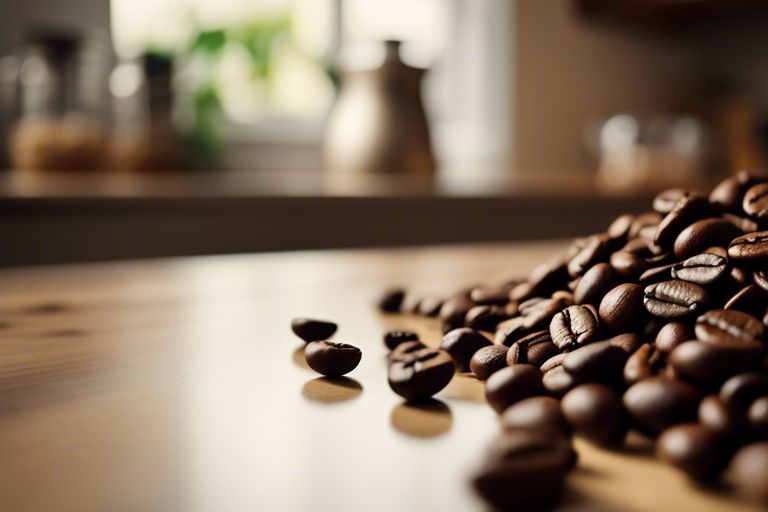
Coffee Bean Selection
Arabica vs. Robusta Beans
Beans. All coffee blends are composed of different varieties of coffee beans. The two most common types of beans used in blends are Arabica and Robusta. Arabica beans are known for their smooth, mild flavor and higher acidity. On the other hand, Robusta beans are more bitter and have a stronger, earthy flavor. When creating a blend, roasters often combine these beans in different ratios to achieve the desired flavor profile.
Bean Origin and Quality
One important factor to consider when selecting coffee beans for a blend is their origin and quality. The region where the beans are grown can have a significant impact on their flavor profile. For example, beans from Ethiopia may have floral and fruity notes, while beans from Brazil may have a nutty and chocolatey flavor. Additionally, the quality of the beans, including their size, ripeness, and processing method, can also affect the final taste of the blend.
Quality. To ensure consistency and quality in a coffee blend, roasters often source beans from reputable growers and conduct rigorous quality control measures. This includes cupping sessions to evaluate the beans’ flavor profiles and adjusting the blend as needed to maintain a consistent taste profile.
Roast Levels and Blend Ratios
Beans. The roast level of the beans used in a blend can also influence the overall flavor profile. Lighter roasts tend to preserve the beans’ original flavors, while darker roasts can impart smoky and bitter notes. Roasters carefully select the roast level for each type of bean in the blend to create a balanced and harmonious flavor profile. Additionally, the ratios of each type of bean in the blend are adjusted to achieve the desired taste characteristics, such as body, acidity, and sweetness.
Origin. Understanding the roast levels and blend ratios is crucial in creating a well-balanced and flavorful coffee blend. By carefully selecting the roast level for each bean and adjusting the blend ratios, roasters can highlight the unique characteristics of each type of bean while creating a harmonious and complex flavor profile in the final brew.
The Art of Blending
Many consider the art of blending coffee to be a delicate dance of flavors and aromas. A skilled coffee roaster must carefully select and combine different types of beans to create a blend that is greater than the sum of its parts.
Balancing Flavors and Acidity
For a coffee blend to be successful, the roaster must balance the flavors and acidity of the beans. Different beans bring unique characteristics to the table, from fruity and floral notes to earthy and nutty undertones. By carefully blending beans with complementary flavors, the roaster can create a harmonious and well-rounded cup of coffee.
Creating Harmony and Complexity
The key to creating a great coffee blend is to achieve harmony and complexity in every sip. The roaster blends beans of different origins and roast levels to create a symphony of flavors that evolves on the palate. This complexity keeps the drinker engaged and intrigued with each delicious sip.
The art of blending coffee is a skill that takes years to master. Roast masters must have a deep understanding of how different beans interact with each other to create a balanced and flavorful blend.
Flavors
An experienced roast master understands how roast profiles can enhance or diminish certain flavors in a blend. By carefully controlling the roast level, they can highlight specific tasting notes and create a well-balanced cup of coffee that is greater than the sum of its parts.
Understanding the nuances of coffee beans and how they interact during the roasting process is necessary for creating exceptional blends. By carefully considering flavor profiles, acidity levels, and roast profiles, a skilled roast master can craft a blend that delights the senses and leaves a lasting impression on the palate.
Popular Coffee Blends
House Blends
With house blends, you can expect a consistent flavor profile that is familiar and comforting. These blends are often created by coffee roasters to cater to a wide range of palates, providing a balanced and reliable cup of coffee every time. House blends are a popular choice for daily brewing, whether you enjoy your coffee black or with milk.
Espresso Blends
On the other hand, espresso blends are crafted specifically for espresso brewing methods. These blends are designed to create a rich and bold shot of espresso with a thick crema on top. They often consist of a combination of dark and medium roasted beans to enhance the body and intensity of the espresso. Espresso blends are perfect for those who prefer a concentrated and intense coffee experience.
Espresso blends are meticulously crafted to ensure the perfect balance of acidity, body, and flavor. These blends can vary in complexity, with some offering fruity and floral notes, while others focus on chocolatey and nutty undertones. No matter the variation, espresso blends are sure to provide a robust and satisfying espresso shot.
Specialty Blends
Coffee enthusiasts seeking a unique and adventurous flavor experience often turn to specialty blends. These blends are created by combining beans from different regions, each carefully selected for their distinct characteristics. Specialty blends offer a complex flavor profile with nuances that will delight the discerning palate, making every sip a delightful journey of flavors and aromas.
For instance, a specialty blend may feature beans from Africa for their bright acidity, combined with beans from South America for their caramel sweetness. This combination results in a harmonious blend that showcases the best of each region, creating a truly exceptional coffee drinking experience that is worth savoring.

Benefits of Coffee Blends
For Blends VS Single Origin Coffee: Which Is Right For You?, venturing into the world of coffee blends can offer a range of benefits that appeal to different coffee enthusiasts. Let’s explore some of the advantages of opting for coffee blends over single origin beans.
Consistency and Reliability
Coffee blends provide a level of consistency and reliability that single origin coffees may sometimes struggle to maintain. Since blends combine beans from various sources, roasters can ensure that the flavor profile remains constant regardless of seasonal variations in individual beans.
Cost-Effective Options
Coffee blends also present cost-effective options for coffee lovers who wish to enjoy high-quality brews without breaking the bank. By combining different beans, roasters can create complex flavor profiles that mimic expensive single origin coffees at a more affordable price point.
When searching for budget-friendly yet flavorful coffee options, blends can be a valuable choice for both novice and experienced coffee drinkers alike.
Innovative Flavor Profiles
One exciting aspect of coffee blends is the ability to experiment with innovative flavor profiles that push the boundaries of traditional coffee tasting experiences. Roasters can blend beans with contrasting flavor notes to create unique and complex profiles that tantalize the taste buds.
Blends offer a canvas for creativity and exploration, allowing coffee enthusiasts to discover new flavor combinations and expand their palate beyond the expected.
To wrap up
Hence, a coffee blend is a carefully crafted combination of different types of coffee beans, each selected for the unique flavor profile they bring to the mix. Blending allows for the creation of complex and balanced coffees that cater to a wide range of taste preferences.
In the world of coffee, blends play a crucial role in offering diverse and consistent flavors to coffee enthusiasts. Whether you prefer a bold and strong brew or a milder and more nuanced cup, there is a coffee blend out there waiting to delight your taste buds. So, the next time you sip on your favorite cup of coffee, take a moment to appreciate the artistry and skill that goes into creating the perfect blend.
FAQ
Q: What is a coffee blend?
A: A coffee blend is a combination of two or more types of coffee beans, often from different regions or with different flavor profiles, that are mixed together to achieve a unique and balanced taste.
Q: How are coffee blends created?
A: Coffee blends are created by expert roasters who carefully select and roast different beans to bring out their individual qualities and then blend them in specific ratios to create a harmonious flavor profile.
Q: What are the benefits of using coffee blends?
A: Coffee blends offer a complex and well-rounded flavor profile that combines the unique characteristics of each type of bean, resulting in a more balanced and nuanced cup of coffee. Blends can also help ensure consistency in flavor from batch to batch.

